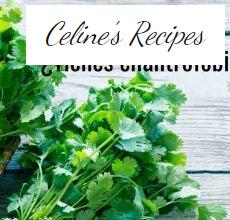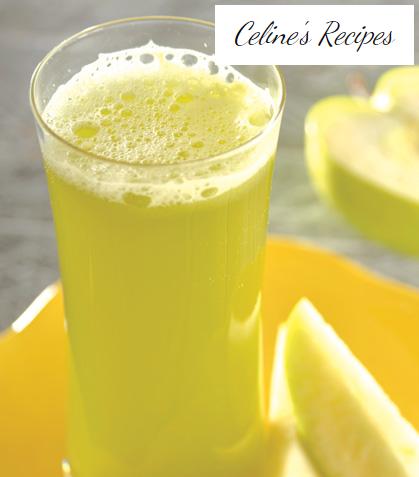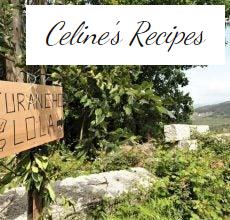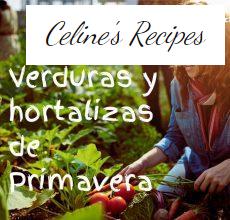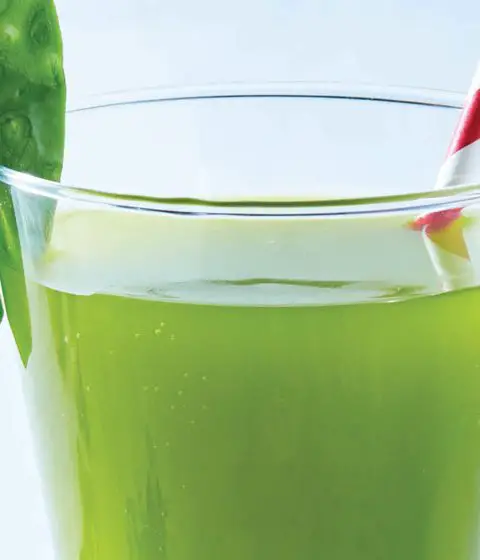The pumpkin. All its properties, benefits for your health and recipes
That the pumpkin is not only the protagonist on Halloween . That you can incorporate it into your diet in a thousand different ways and until now you may not have known what to do with it other than the soup , cream or the pumpkin- stuffed ravioli that were the boom of the 2000s.
What else can you do with the pumpkin? Let’s find out now.

The thousand faces of the pumpkin
She is a distant relative of melon and a cousin of squash. Apparently there is already evidence of its consumption in the area of Guatemala and Mexico about 10,000 years ago.
At that time, the variety that was consumed was less meaty and more bitter. Although since those times, its uses have been very diverse. It has not only served to eat, but also to transport liquids.
For example, I don’t know if you knew, but the bowl used for the traditional mate from the area of Argentina, Uruguay, southern Brazil and Paraguay is also a dried pumpkin, without pulp.
With the dominance of agriculture, more palatable varieties were obtained until finding some much sweeter than you imagine.
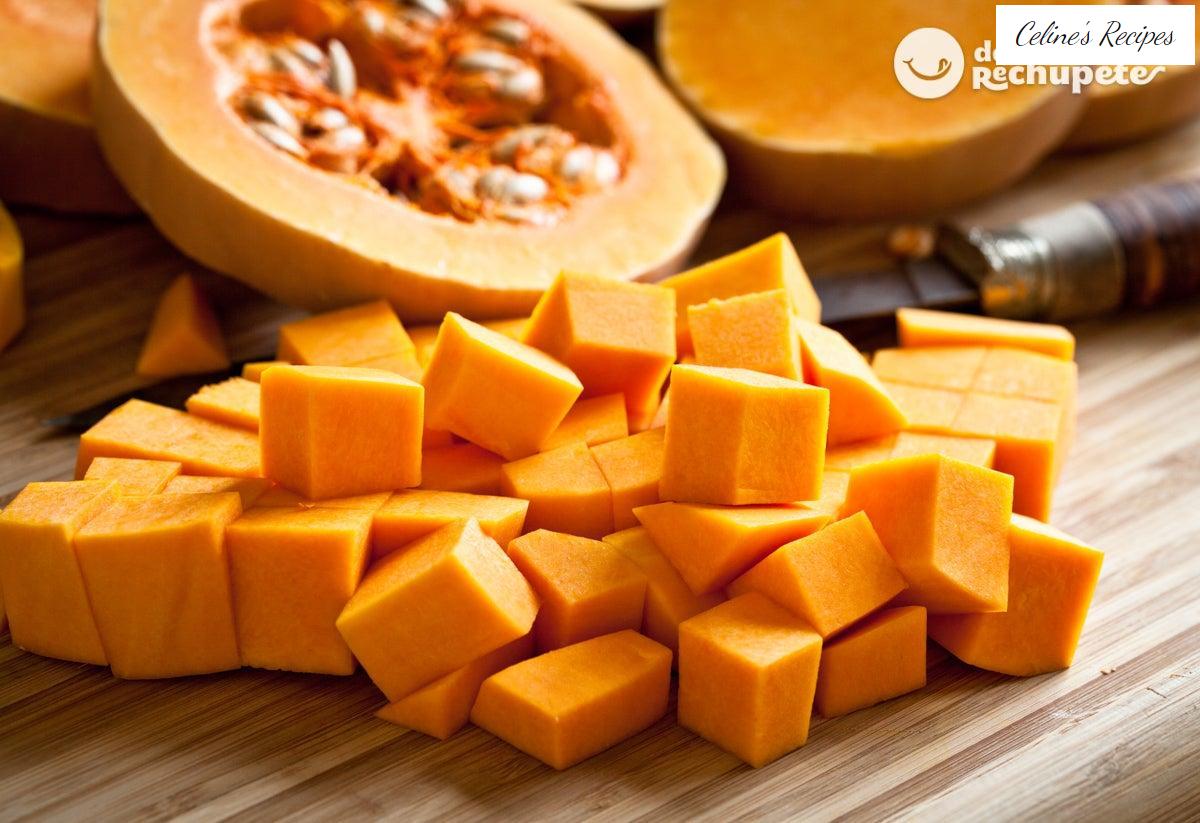
Pumpkin … Fruit or vegetables?
By the way, pumpkin is a fruit and not a vegetable. As I have explained in another post, the fruit is the fleshy part that contains the plant’s seed and intervenes in the reproduction process. So there you have a good faded myth.
Continuing with the most international side of the pumpkin, we see that in France it is called courge, citrouille, potiron; If you go to England look for your squash (similar to the one we have in Spain) or pumpkin (it is the Halloween pumpkin).
Our squash and carbassa (in Catalonia), in Germany it is kürbis and in Italy it is zucca. And in Latin America their names are much more diverse.
The pumpkin belongs to the Cucurbitaceae, an extensive family with relatives in all corners of the world, with such different varieties that we have cucumbers and pumpkins with very red pulp.
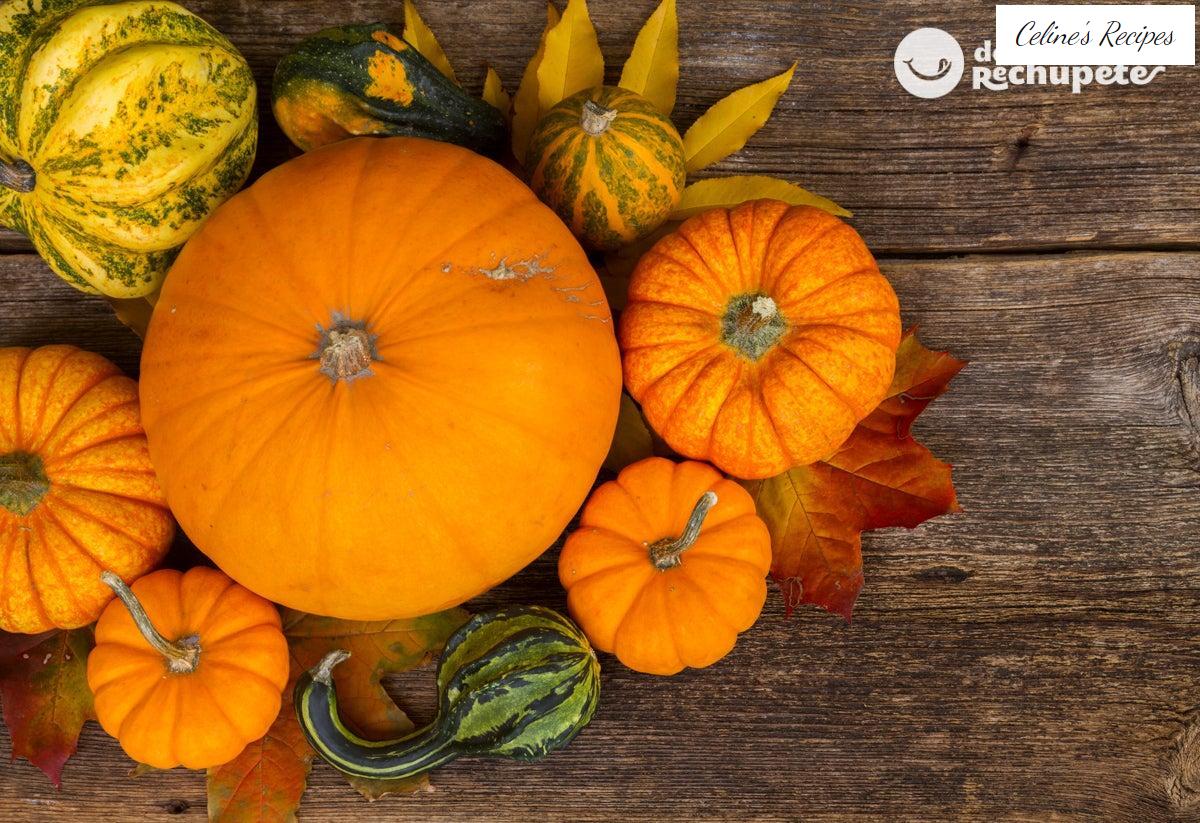
Pumpkin types
So, pumpkins, there are many. But we can classify them by the summer and winter seasons. While normally the former have a softer, even edible, skin, those that arrive in the cold have a harder protection that is discarded.
Pepo Cucurbit
- They are Italian zucchini (zucchini) and round pumpkins with green marbled skin, with a flavor very similar to zucchini. The pulp is whitish.
- They are used in stews, rice, stuffed and scrambled. You can eat their skin.
Cucurbit moschata
- You will also find them as “Butternut”. More elongated, like the shell of a cache. Its flavor has a sweet twist.
- Baked or as the main ingredient in soups, creams, stews and stir-fries.
Maximal Cucurbit
- It is one of the largest. Surely you know it as ” Halloween “. Round with thick and hard skin; it has different shades: from green to raucous orange.
- Its interior is fleshy with a powerful orange. It is from the sub-family of the largest pumpkins of its kind. In Argentina (where it is known as squash) and Uruguay, a variety of this family is a wild plant.
- Very versatile. It is used for both desserts and jams; as for purées, soups and stews, such as the famous locro and carbonara, in which the hollowed-out squash itself serves as a container for cooking.
Cucurbit ficifolia
- It comes from the tropical zone of America. So you can find it as alcayota, cayote, lacayote, chiclayo, chilacayote, as well as bolo, angel hair, pumpkin confectionery, citron, vitoria, victoria or zambo. Green and marbled skin. Whitish interior.
- It is widely used for baking, for example to make Angel Hair. It is also widely used in typical salty Latin American dishes.
As you can see there are hundreds and hundreds of varieties. As it is an easy plant to grow and relatively little maintenance, in each region gourds grow which, many times, mix with others and begin natural or man-made hybrids.
By the way, at Halloween time, you will see many varieties of colors and diverse shapes for decoration. While those pumpkins are edible, they may be from species that don’t taste too nice.

Don’t underestimate the power of the pumpkin
The pumpkins that are appearing in supermarkets in Spain during this October season are the autumn-winter ones.
They are characterized by having a fleshy pulp, firm and hard skin, a powerful orange color and being full of nutrients . For example, beta carotene or provitamin A and the other two antioxidant vitamins, C and E.
There is more. Also its antioxidant power comes thanks to lycopene and vitamins of group B. And, in general, they help your skin, bones and teeth to be healthier.
Another good fact about pumpkins is that they have a lot of fiber (1.5 gr per 100 grams). And on gray and cold days, a good pumpkin stew to warm up, is very effective.

From the pumpkin to the flower
When you go to prepare pumpkin do not forget to conserve the seeds . They are a great natural snack, rich in magnesium and potassium. You can wash and eat them raw or briefly roast them in the oven or toast them in the pan to incorporate them into your breakfast cereals, a cream or simply as a snack for work.
What’s more, at first, they were cultivated to eat the seeds and for the multiple uses that its hard shell was given. Many centuries passed before they began to enjoy its pulp.
And the flower of the pumpkin? It is increasingly common to find them in the supermarket. Otherwise, it will be enough to look for them in gourmet or Latin product stores.
Its petals are colorful and tasty, although delicate and with a sweet twist.

You can prepare the pumpkin flower in these ways:
- The ricotta or cheese fillings, the batters and fries
- Pumpkin flower quesadilla
- Fajitas
- As an ingredient in pizzas. For example, with different cheeses, bacon and onion … even roast chicken
- For the pasta. Of course, add them at the last minute so they do not overcook
- In soups and creams. It can be decorative or cut and sprinkled on top
- Sautéed to incorporate the wok into your rice or recipes. Try combining it with mushrooms to bring all the flavor of autumn to the plate
- If you have already joined the wave of dehydrating fruits and vegetables, do it also with pumpkin flowers and use them for salads or as a snack
Buy them when you are really going to use them because they break down after a few days, before preparing them, remove the pistil.
When to eat pumpkins?
Of course, in season because they will be at a better price, they will be fresher and surely, they come from an orchard or nearby field. Although it is true that you have them available all year round.
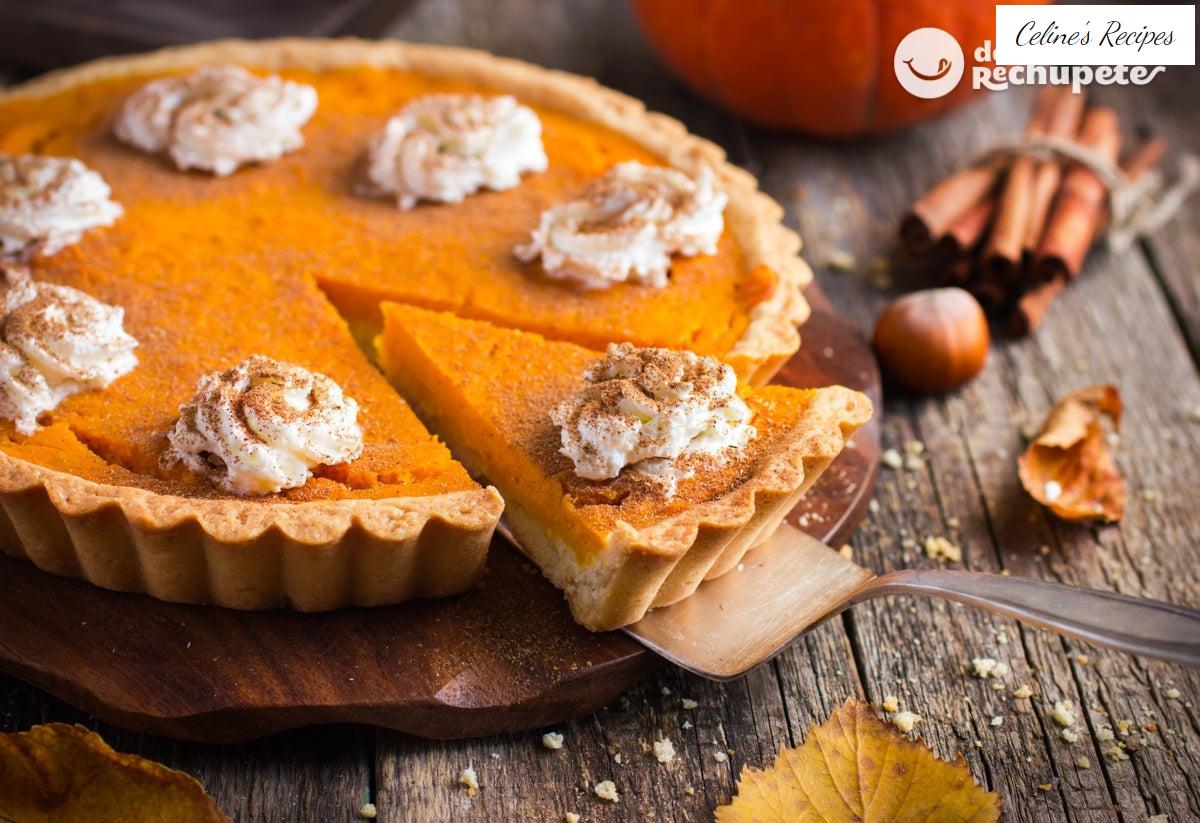
What to do with the pumpkin?
If you buy it whole, you can cut it in half, cover it with aluminum foil and leave it in the oven until it is ready. Then you can season and gratinate it with cheese .
The result as a gratin puree that has retained all the nutritional benefits.
The first thing is to know how to make the most of a pumpkin. Since you pick it up in the garden or buy it in the supermarket and already at home, you have to peel and cut. Here you have a video where we explain it in great detail.
Another option is to bake it cut into slices. You remove the seeds, the pulp and the crushes to make puree or the crushed to make a pumpkin cream . It is yummy with a few touches of brandy or ginger . Also with curry it combines phenomenal

If the slices are a bit thinner, you can bake them and top them off with a little honey . Let it caramelize a bit and add cottage cheese or a stronger tasting cheese like Emmental or cured cheese for a contrast of flavors.
If you are going to cook or boil them or steam them , it is recommended that you remove the shell and cook them. Of course, avoid cooking them more than 20 minutes so that they do not lose their nutrients.
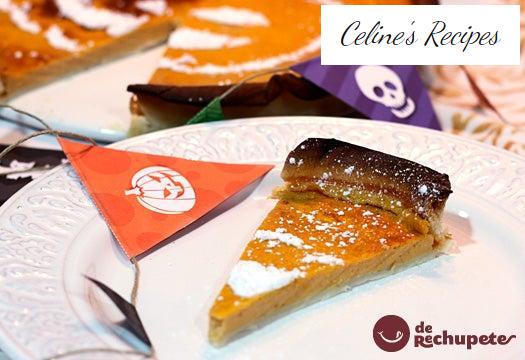
Of course, Halloween is just around the Esquin to and rich pumpkin pie falls safe at home.
The pumpkin has a sweet flavor ideal for incorporating into cakes , fritters or chulas .
But there are also people who preserve them in syrup or make delicious homemade jams .
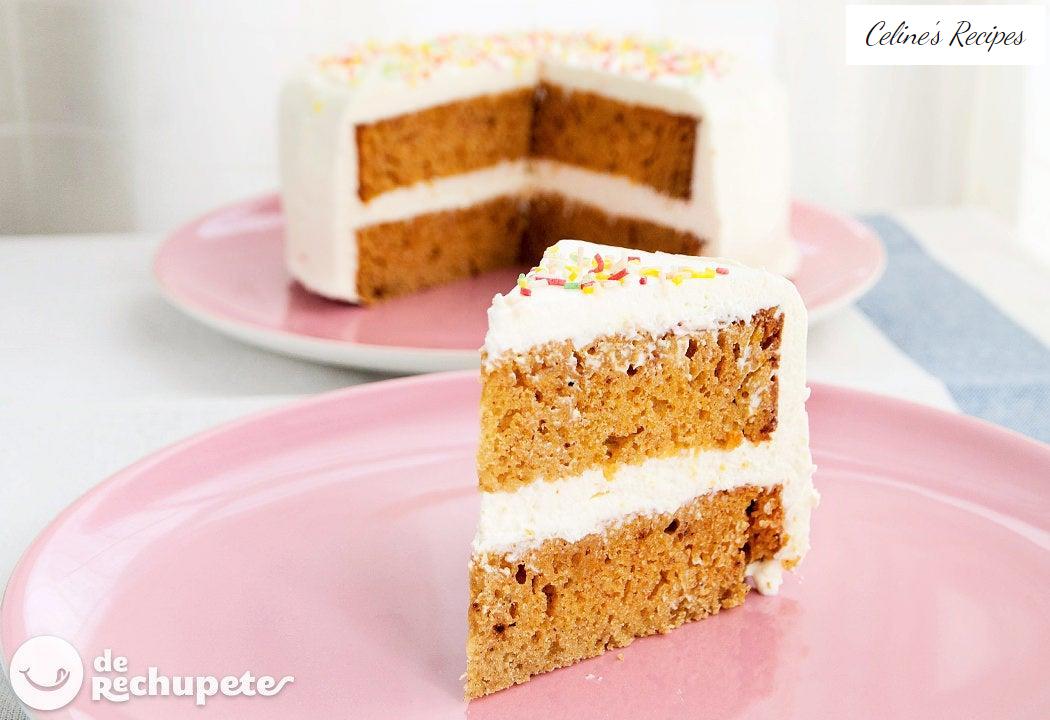
What spices pair wonderfully with pumpkin?
As you have already read, ginger and curry are going great. Pumpking pie uses cinnamon, cloves and a spark of salt to enhance its flavor.
Other spices that go with pearls are pepper, oregano (especially if you roast it and gratin with cheese), thyme and rosemary . For creams, a little basil goes very well too. And to play with contrasts, nothing like chives or coriander .
To continue playing, you can add a few drops of orange juice or grated orange peel .
If you cut squash cubes , you can leave them to marinate in soy sauce and then bake or sauté. Speaking of sautéing, cut them into thin strips, sauté them with a good drizzle of extra virgin olive oil, a little garlic and you have a spectacular garnish. A good trick, sprinkle them with Parmesan cheese for a wonderful and different snack.
As now that we are entering the fall they are in season take advantage to buy pumpkins that are fresh. You will distinguish them because their weight is homogeneous, their skin is firm, it is better hard and their color is even.
Keep them in a cool dry place and if you are not going to use all the pumpkin, cover it all with plastic wrap and it can last you a week without spoiling.
What recipe do you make at home?
Did you like it? Share it!
Share Tweet Pin it To print
Receive a weekly email with new recipes and yummy recommendations.
Think of Pixels SL as the owner of Recetasderechupete.com, it will use the data you provide in this form only to send you blog updates. We treat your data with respect. For more information see the Privacy Policy . You can change your mind at any time and unsubscribe by clicking on the footer of any email you receive from this website, or by contacting [email protected]. Yummy recipes use Mailchimp as a platform for sending emails. Mailchimp is covered by the EU-US Privacy Shield agreement, approved by the European Data Protection Committee. By submitting this form you agree that your data will be transferred to MailChimp to process it in accordance with its Privacy Policy .
If you liked this article you will like:
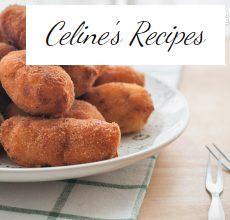
Perfect croquettes. Tips and recommendations

How to organize Christmas meals without stress
